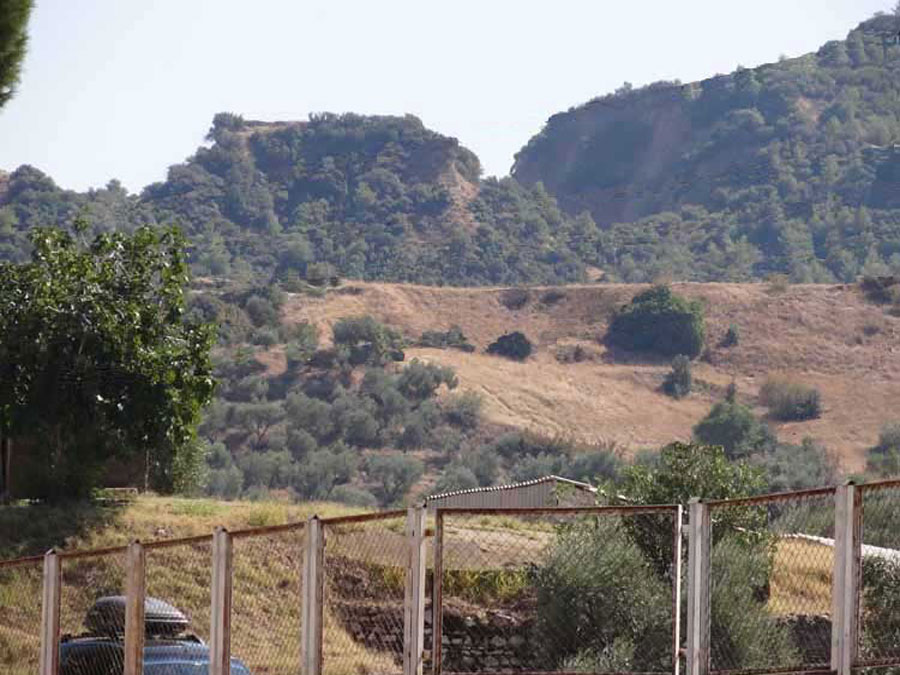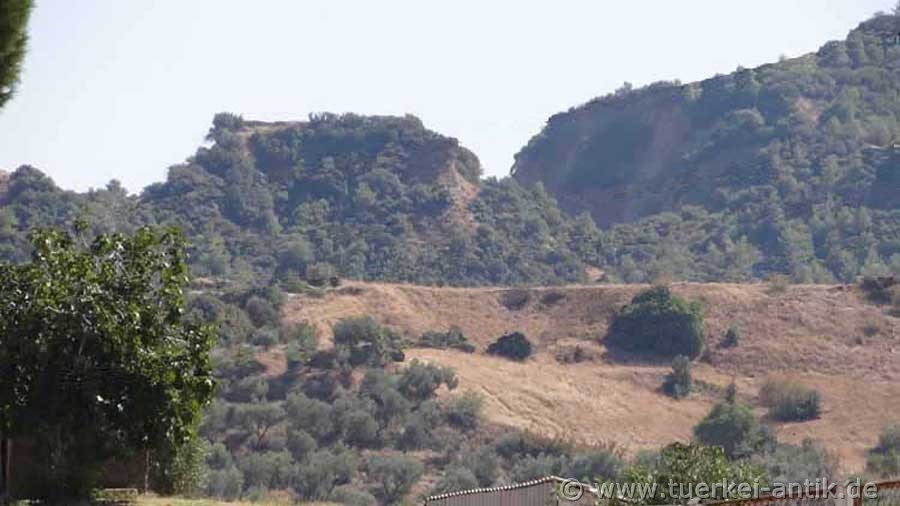 |
|
Ancient Theater in Turkey Sardis |
||||||||||||
 |
|
|||||||||||
|
||||||||||||
|
The first construction of the theatre dates back to the 6th century BC. It is considered one of the oldest theatres in the world. It was restored for the first time in early imperial times. It was restored for the last time in 17 A.D. under the Roman Emperor Tiberius after it had been badly damaged by an earthquake. The theatre and the stadium built in Roman times directly in front of the theatre have not yet been excavated. |
||||||||||||
| The history of Sardis: | ||||||||||||
|
Sardis was the capital of the ancient kingdom of Lydia, later the seat of a judicial district in the Roman province of Asia, and in late antiquity and Byzantine times the capital of the province of Lydia. The remains of the city are located about ten kilometres west of the present-day city of Salihli. The former kingdom of Lydia was highly developed in crafts and trades, and Sardis was considered to be the headquarters of production, centred on the manufacture and dyeing of delicate wool materials and carpets. In Hittite times the town was probably called Uda, under the Heraklids Hyde.
Sardes was also the starting point for the 2,500 km long Persian royal road to Persepolis. In the year 499 B.C. Sardes and its temples were destroyed by the Greeks during the Ionian uprising, which was avenged in the following Persian wars.
Under the Seleucids, Jewish war veterans were settled in Sardis, which in turn later favoured the emergence of an early Christian community. From 133 BC, Sardis became part of the Roman province of Asia and the capital of a judicial district. When Constantinople became the capital of the Byzantine Empire, a new road system developed connecting the provinces with the capital. Sardis was thus increasingly marginalized and lost its importance. However, the city retained its formal sovereignty and remained the bishop's seat of the province of Lydia from 295. After Ephesus and Smyrna, the city took third place in the Thracian theme cities of Constantine VII Porphyrogennetos in the 10th century; but over the following four centuries it was overshadowed by the provinces of Magnesia ad Sipylum and Philadelphia, which consolidated their role in the region. Until the 19th century, Sardis was deserted and mainly Roman buildings were visible. Since 1958, Harvard University and Cornell University have supported annual archaeological expeditions to Sardis. Today's ruined town has been partially restored to its former splendour. Worth seeing is the reconstructed gymnasion from the 3rd century north of today's main street, next to it the synagogue, richly furnished with floor mosaics and inlays on the walls, probably from the same period. On the long side of the synagogue there are remains of residential and commercial buildings. |
||||||||||||
 |
||||||||||||
| Photos: @chim | ||||||||||||
| Translation aid: www.DeepL.com/Translator | ||||||||||||
| Source: Wikipedia and others | ||||||||||||
|
|
||||||||||||

